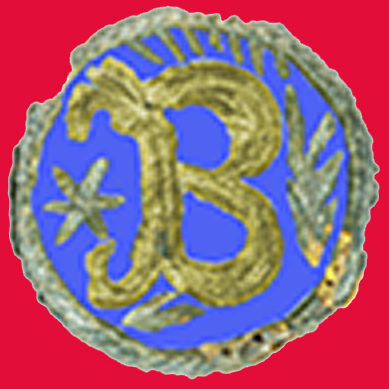
How do you recognise a king when you see one?
When the Roman empire gave way to the barbarian kingdoms, kings were little more than tribal leaders. Over the centuries the idea of a special status of royalty evolved. By the thirteenth century, this special status was matched by the display of kingly grandeur. This was enshrined in the idea of ‘magnificence’, borrowed from Greek philosophy. Magnificence was seen as the king’s duty, was applied to everything: his person, his courtiers, the artists, the garments he wore, the musicians and architects he employed. Above all, it was on show in his public appearances, his feasts and ceremonies. The ‘magnificent’ collections of jewels, manuscripts and holy relics were displayed to a handful of favoured visitors. Those visitors also had to be entertained, and royal feasts developed into an amazing form of performance art.
This book is not only about objects and occasions, but also about the people who created them, from the kings themselves and their court servants to the artists, craftsmen and musicians of all kinds, down to the scribes and clerks, the showmen, dancers and acrobats, and the servants at table. There are vivid glimpses of their lives, and even, remarkably, a cookery book written by a master cook at his lord’s request.
All this is explored in this wide-ranging survey, covering the whole of western Europe, but centring on France, the wealthiest of the kingdoms, members of whose extended royal family were at different times kings of Poland, Hungary, Naples, Jerusalem, England, and, most spectacularly, dukes of Burgundy.
Pageantry and displays of splendour always catch our attention, and medieval feasts and tournaments are among the most popular forms of historical re-enactment today. Magnificence celebrates many of the high points of the medieval world, drawing them together in a sumptuous volume which is at least an echo of the wonderful illuminated manuscripts which these kings collected.
